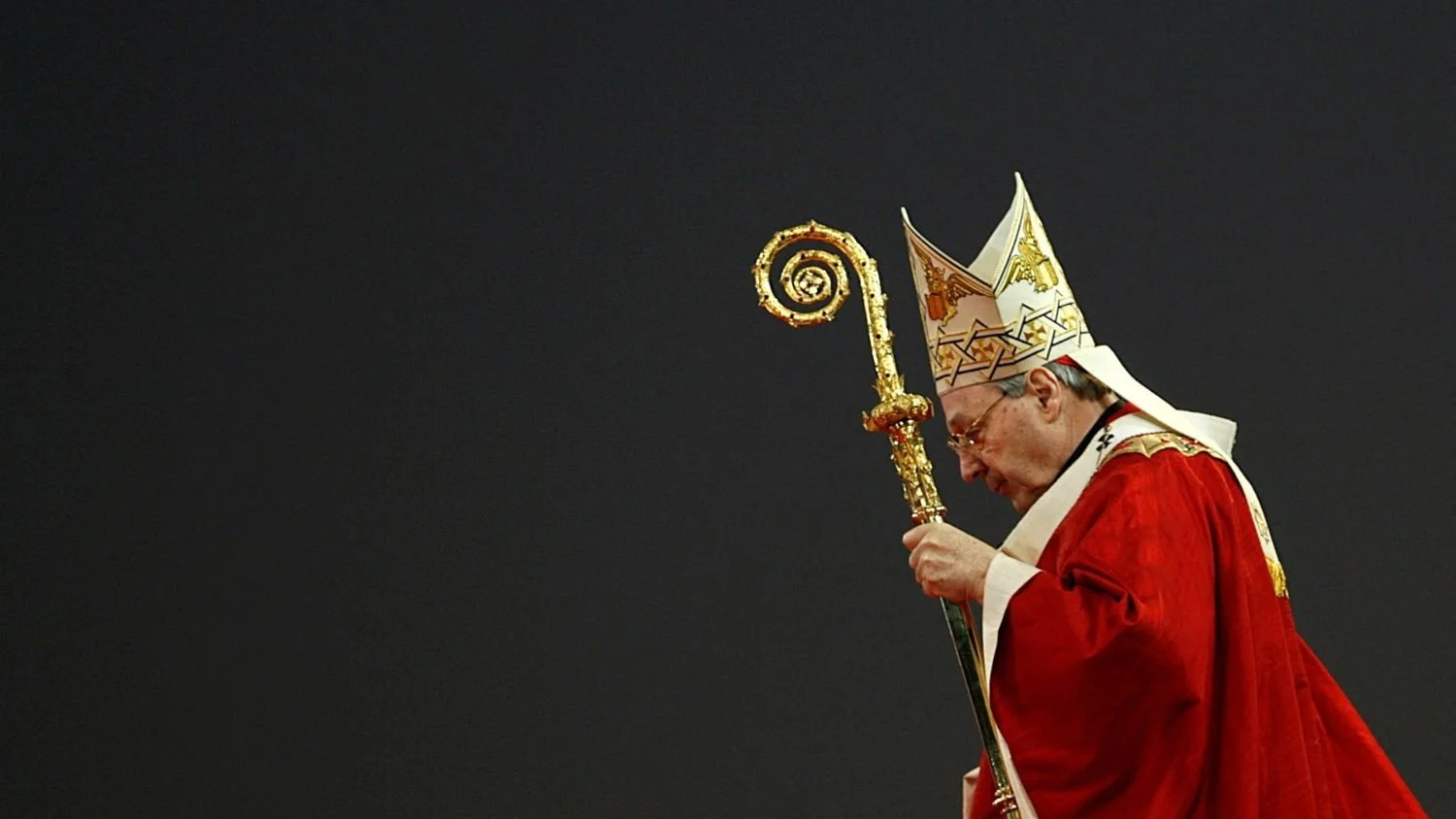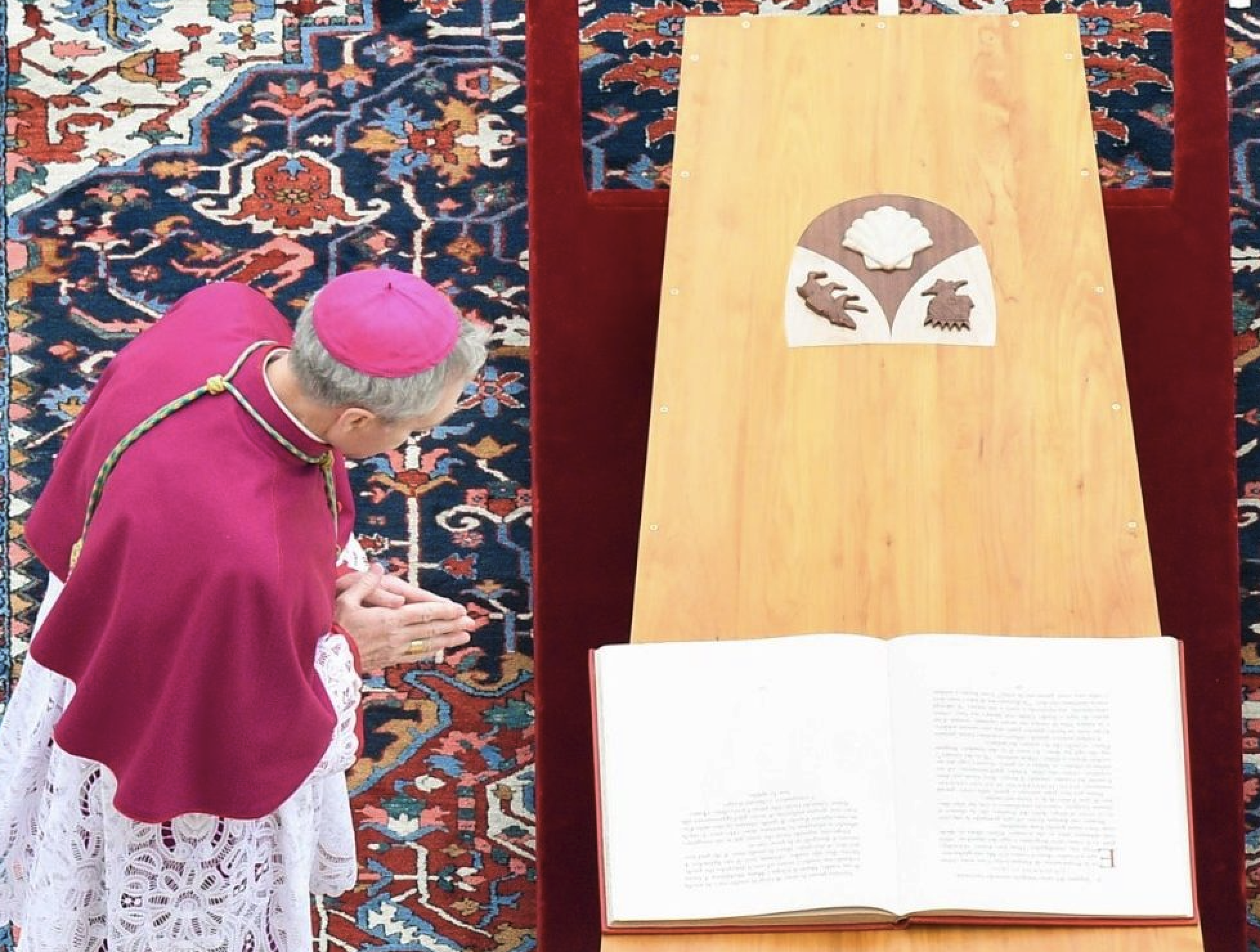Cardinal George Pell had no way to know, as he rose to preach during a spiritual retreat in southern Italy, that this was his last sermon – opening with the biblical cry, "Repent, because the Kingdom of God is near."
Catholics should stay focused on truths proclaimed during the reigns of St. John Paul II and Pope Benedict XVI, he said, at the Shrine of St. Padre Pio in San Giovanni Rotondo.
These popes "were missionaries of the truth. We don't build the truth. We don't have the ability to change the truth. We can only acknowledge the truth, and sometimes the truth isn't all that pretty. Sometimes the truth is disconcerting, difficult," said Pell, three days before his death on January 10, after routine hip surgery.
"These two Popes did not affirm that the teaching of Jesus was conditioned by the time, by the Roman Empire, by the pagans. They did not claim that the essential and central teaching should be updated, radically changed. They didn't say: 'We don't know what Jesus said because there were no tape recorders.' … As for them, and also for us, Jesus remains the way, the truth and the life."
On this day, the burly 6-foot-4 cardinal faced a gathering of Catholic charismatics, not an audience of Vatican power brokers. Nevertheless, this final sermon – translated from Italian by Inside the Vatican magazine – touched on themes in his recent writings that fueled raging debates about Pope Francis and the modernization of Catholic doctrines and worship.
In that sermon, Cardinal Pell offered only one nod to Pope Francis, while noting the potential for future popes from Africa, Asia and the Global South. "Today we have a Pope from South America – praiseworthy and good," he said.
But after Pell's death, Italian journalist Sandro Magister revealed that the Australian cardinal – using the pseudonym "Demos" – had written a fierce March memo circulated to members of the College of Cardinals focusing on issues that loom over the next conclave to select a pope.
The Francis pontificate has been "a disaster in many or most respects; a catastrophe," this memo claimed.





